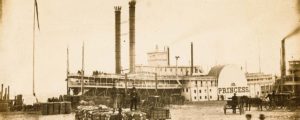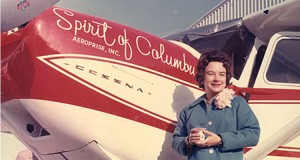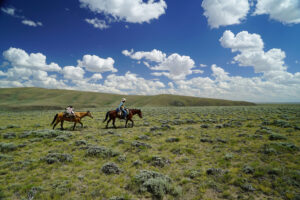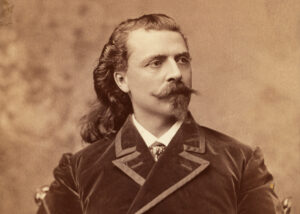“The ghosts of Masonic have many secrets,” reads a bronze plaque amid the ruins of this onetime gold boomtown in the eastern Sierra Nevada. Although not as well preserved or known as neighboring Bodie [www.bodie.com], Masonic boasts accessible mill ruins, grand views and an interesting backstory.
That story began in 1862 when fortune-seeking Freemasons found gold in these hills and named the district for their order. But prosperity soon trumped fraternity, and richer strikes elsewhere in the region distracted diggers for decades.
In 1900 Joe Green, an excitable 16-yearold from Bodie, rediscovered Masonic gulch and founded the Jump Up Joe Mine. Lacking sufficient startup capital, green Joe leapt at the chance to sell out.
The first big bang came on the Fourth of July, 1902, when mining partners John Stuart Phillips, Caleb Dorsey and John M. Bryan struck a gold-rich ledge in the district. Stuart named the claim the Pittsburg-Liberty Mine in honor of his hometown (minus the “h,” the correct spelling at the time) and the Independence Day holiday.
Within a few years the Masonic Mining District comprised more than 40 claims spread across 70 square miles. Boomtown boosters brought in lumber nearly 50 miles from a mill on Mono Lake —first by train to Bodie and then by six-horse freight wagons to the district.
The miners and merchants converged in three separate settlements. To the south, Lorena (later Upper Town) held the mine offices and first post office. Farthest north was Caliveda (later Lower Town), anchored by the Pittsburg-Liberty Mill. Between them was Middle Town, the largest of the three, with a hotel, general store/stage station, school and post office. Ironically, none of the three had a Masonic lodge.
Unlike its fallen sister Bodie, Masonic remained relatively law-abiding, with no brothels and little violence. Dr. E.T. Krebs of Bridgeport treated the town’s sick and injured but reported no shootings. Peace brought prosperity.
In 1907 the Pittsburg-Liberty opened a 10-stamp mill in Lower Town, later adding an aerial tramway to deliver the ore directly from the mines. The Jump Up Joe also continued to produce, and in 1909 the Chemung Mine opened another mill a few miles west of the gulch.
As fast as it came, Masonic’s luck ran out. In 1909 Phillips fell to his death down a shaft at the Pittsburg-Liberty, then the ore vanished. A succession of owners tried to revive the mines, but by 1930 it was clear Masonic was played out. The last holdout was Elton “Heinie” Heinemeyer, who worked the Chemung in the 1950s and ’60s.
Masonic lies along the Nevada border 12 miles northeast of Bridgeport, Calif. If you’re visiting Bodie, take the Bodie-Masonic Road about 15 miles northwest to the T-junction with Masonic Road and turn right.You’ll soon reach Lower Town, marked by cabin ruins and the massive timbered frame of the Pittsburg-Liberty Mill. Scramble uphill for a bird’s-eye view of town and a panorama of the Nevada borderlands to the east. Across from the mill a path leads to a shady stroll through an aspen grove.
To reach Masonic from Bridgeport, drive 3.7 miles north of town on Sweetwater Road and turn right on roughly graded Masonic Road. Five miles in you’ll reach the Chemung Mine and Mill, with largely intact buildings and sweeping views of the Sweetwater Mountains. Masonic is three miles farther east. If you drive across the hills from Bodie, be sure to take in the Chemung and return to I-395 via Bridgeport.
Originally published in the October 2012 issue of Wild West. To subscribe, click here.




